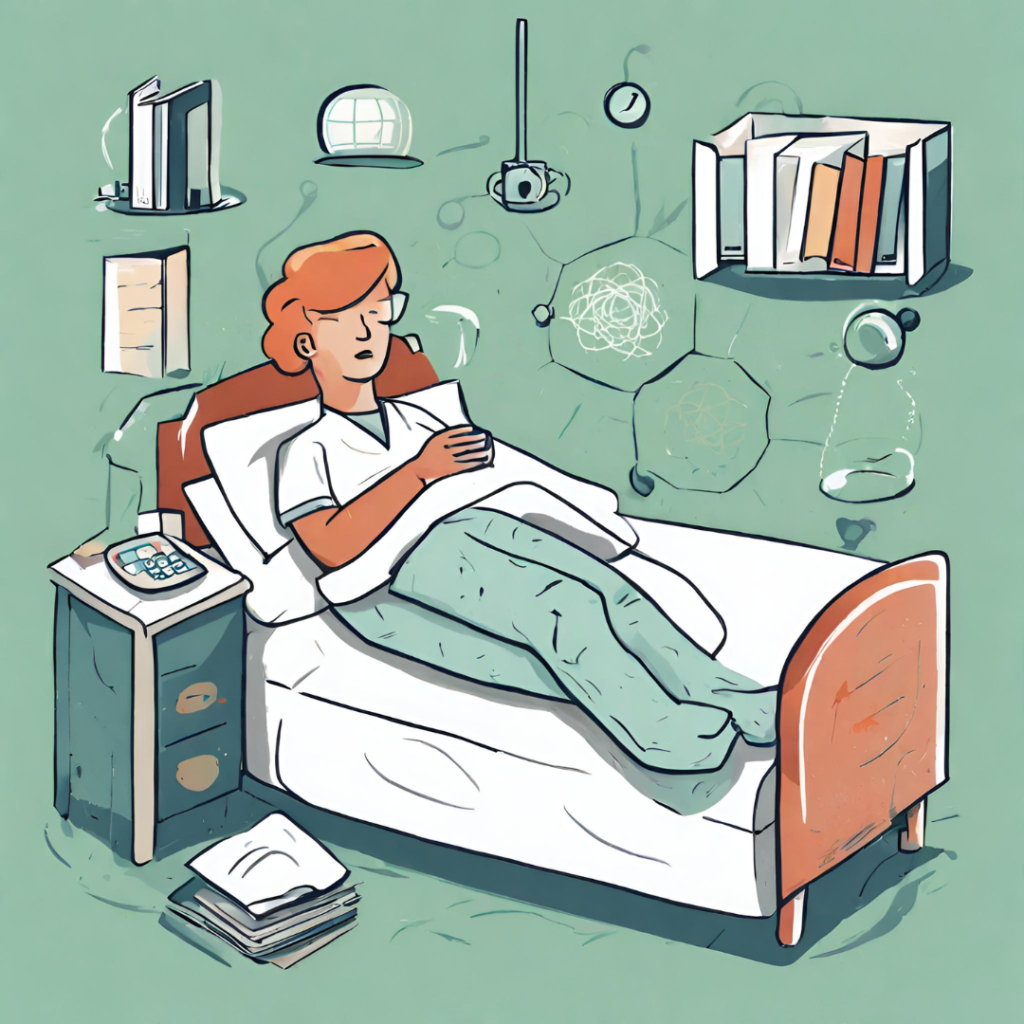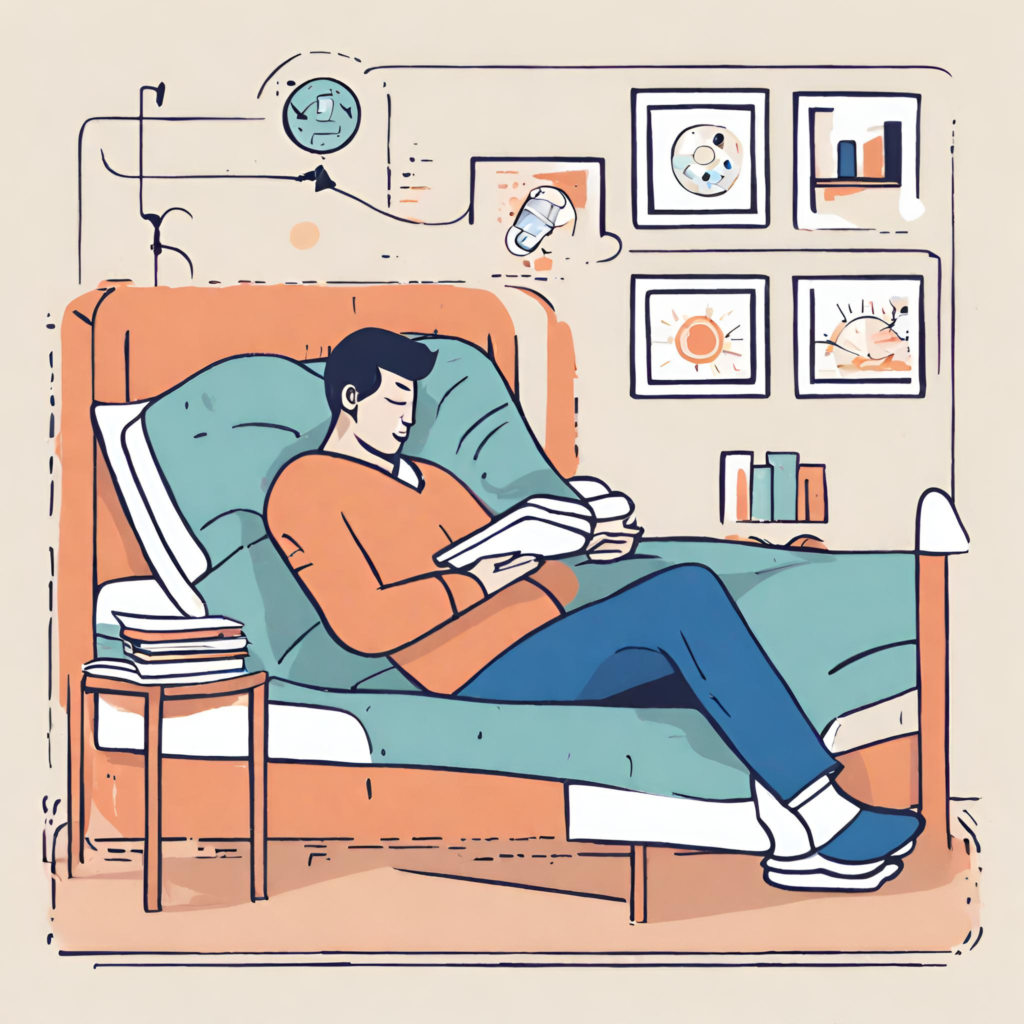In a fast-paced world where burning the candle at both ends is often glorified, the humble nap has emerged as a powerful tool in the quest for enhanced well-being. This article delves deep into the science of napping and its myriad health benefits, focusing on how short sleeps can be immensely beneficial for your overall health.
A Brief History of Napping
To understand the significance of napping, one must look back at history. Napping isn’t a modern luxury but a natural part of the human sleep cycle. Historically, societies were polyphasic sleepers—sleeping multiple times in a 24-hour period—until the Industrial Revolution reshaped our sleep into one long overnight period. Today, as we revisit these patterns, we recognize the significant healthful advantages of napping in our daily lives.
The Physiological Benefits of Napping
Napping isn’t merely a pause in our day; it’s a complex physiological phenomenon. Engaging in naps allows our brains to process and eliminate unnecessary information, bolster memory, and enhance learning capabilities. While brief naps mostly involve light sleep that improves mood and alertness, extended naps can encompass deep sleep, crucial for decision-making and cognitive abilities. This highlights the physiological benefits of napping for health.
Understanding Sleep Stages and Their Health-Related Benefits
Understanding the stages of sleep is crucial in appreciating how naps work:
- Light Sleep (Stage 1 & 2): This is the initial phase of sleep where you’re easily awakened. It’s a period of muscle relaxation and slowed heartbeat. This stage plays a key role in the benefits of napping for health by providing rest without deep sleep’s disorientation. It is essential for quick mental rejuvenation, demonstrating the immediate health benefits of short naps.
- Deep Sleep (Stage 3 & 4): During deep sleep, your body repairs tissues, builds bone and muscle, and strengthens the immune system – underlining the physical health benefits of longer naps.
- REM Sleep: This is where most dreaming occurs. REM sleep is important for emotional regulation and memory consolidation – contributing to the comprehensive health benefits of napping.
A brief nap of about 20 minutes can keep you in the light sleep stage, ideal for a quick boost in alertness and well-being, showcasing the health benefits of power napping.

The Benefits of Napping for Mental and Physical Health
Napping has been recognized for its positive impact on mood and emotional well-being. A quick rest can alleviate stress and anxiety, contributing significantly to mental health. Even a 30-minute nap can counteract the negative effects of sleep deprivation on mood and stress levels, showcasing the mental health benefits of napping.
1. Enhanced Cognitive Function
Research indicates that napping can improve cognitive functions such as memory recall, problem-solving skills, and creative thinking. A study published in the “Journal of Sleep Research” found that even a short nap could significantly enhance these cognitive abilities, proving the cognitive benefits of napping for memory and learning.
2. Improved Mood and Emotional Regulation
Napping has been linked to better mood and emotional regulation. A brief rest can reduce stress and anxiety, contributing to overall emotional well-being. A study in the “Journal of Clinical Endocrinology & Metabolism” found that a 30-minute nap could reverse the hormonal impact of a night of poor sleep, showcasing the mental health benefits of napping.
3. Physical Health Benefits
Napping isn’t just good for the mind; it’s beneficial for the body too. Regular napping has been associated with a lower risk of heart disease, reduced blood pressure, and improved immune function. A notable study in the “British Medical Journal” observed that those who took a midday nap experienced a decrease in blood pressure comparable to the effects of medication or lifestyle changes – reinforcing the physical health enhancements through napping.
4. Enhanced Performance and Alertness
From athletes to astronauts, high-performing individuals have long used naps to enhance their performance. NASA’s research on sleepy military pilots and astronauts found that a 40-minute nap improved performance by 34% and alertness by 100%, highlighting the performance benefits of strategic napping.
5. The Role in Learning and Memory
Napping plays a crucial role in learning and memory consolidation. During sleep, memories are transferred from short-term to long-term storage, a process known as consolidation. Napping not only helps in the initial encoding of memories but also in their consolidation, making them more resistant to interference, showcasing the cognitive benefits of napping for memory and learning.

The Ideal Nap: Timing and Duration
The length and timing of your nap can significantly impact its benefits:
- Short Naps (10-20 minutes): Ideal for an immediate increase in alertness and energy, these naps provide the quick cognitive benefits of napping without the grogginess of deeper sleep stages.
- Longer Naps (30-60 minutes): These can include slow-wave sleep, aiding in decision-making and memory, and are part of the extended health benefits of longer napping.
- Full Sleep Cycle Naps (90 minutes): Encompassing all sleep stages, including REM, these naps contribute to improved emotional regulation and procedural memory, underlining the holistic health benefits of full-cycle napping.
The timing of your nap also matters. The post-lunch dip in circadian rhythm, typically between 1 PM and 3 PM, is an ideal time to nap without interfering with nighttime sleep, maximizing the daily health benefits of napping.
Overcoming the Stigma Around Napping
Despite the clear benefits, napping often carries a stigma, seen as a sign of laziness or lack of ambition. However, as understanding grows about the multifaceted health benefits of napping, this perception is changing. Companies are beginning to recognize the productivity benefits of allowing employees to nap, and sleep pods are becoming a more common sight in workplaces.
Tips for Maximizing the Health Benefits of Napping
To fully harness the health benefits of napping, consider the following tips:
- Find a Quiet, Dark Place: Minimize light and noise to facilitate quicker sleep onset, optimizing the health advantages of effective napping.
- Set a Timer: To avoid grogginess, set a timer for the desired nap length.
- Stay Warm: Body temperature drops during sleep, so make sure you’re comfortably warm in order to facilitate the efficient health benefits of timed napping.
- Consider Caffeine: A “caffeine nap” involves drinking a cup of coffee before a short nap. The caffeine kicks in as you wake up, providing an extra energy boost, adding to the energizing health benefits of napping.
Conclusion: Embracing the Health Benefits of Napping
The art and science of napping are intricate, far from being a sign of indolence. Naps serve as a physiological need for some and a powerful method for enhancing well-being, cognitive function, and overall health. As we continue to discover the extensive health benefits of napping, it becomes evident that this age-old practice is key to thriving in our modern, fast-paced world.
Napping isn’t just a daytime break; it’s a strategic investment in the rest of the day. By embracing the science and benefits of napping for health, we can revolutionize our approach to rest and, consequently, improve our quality of life.

